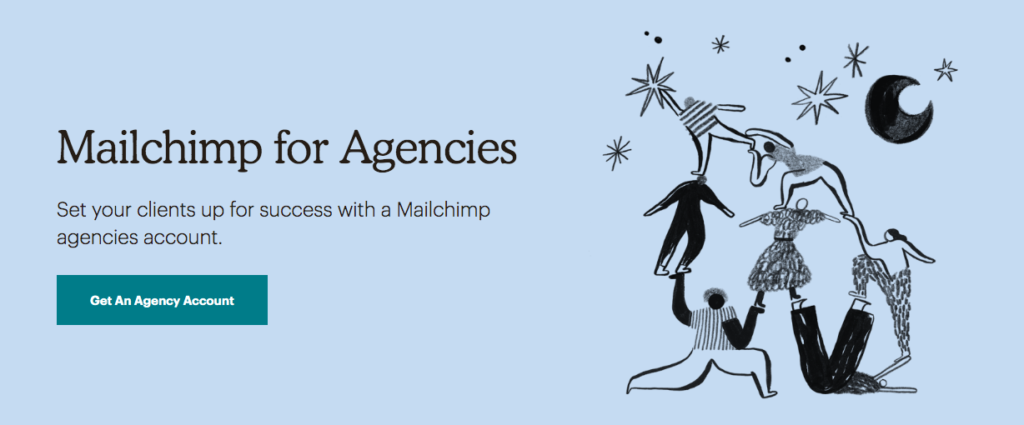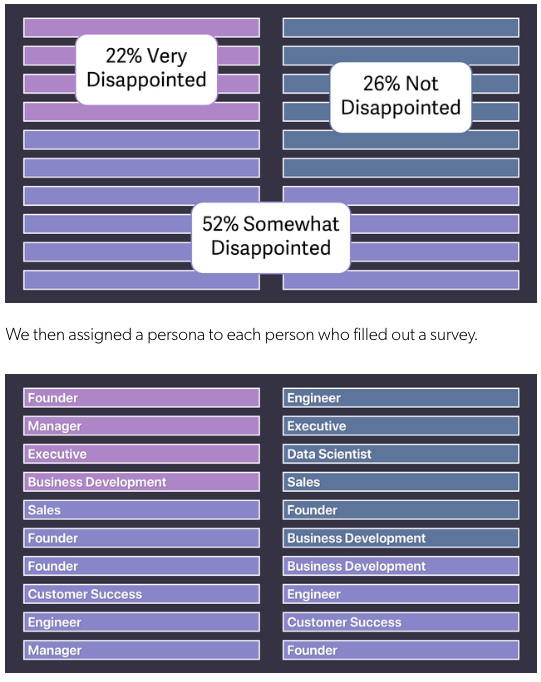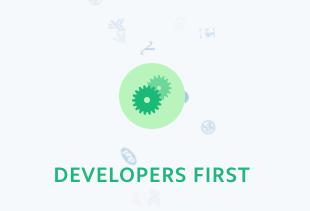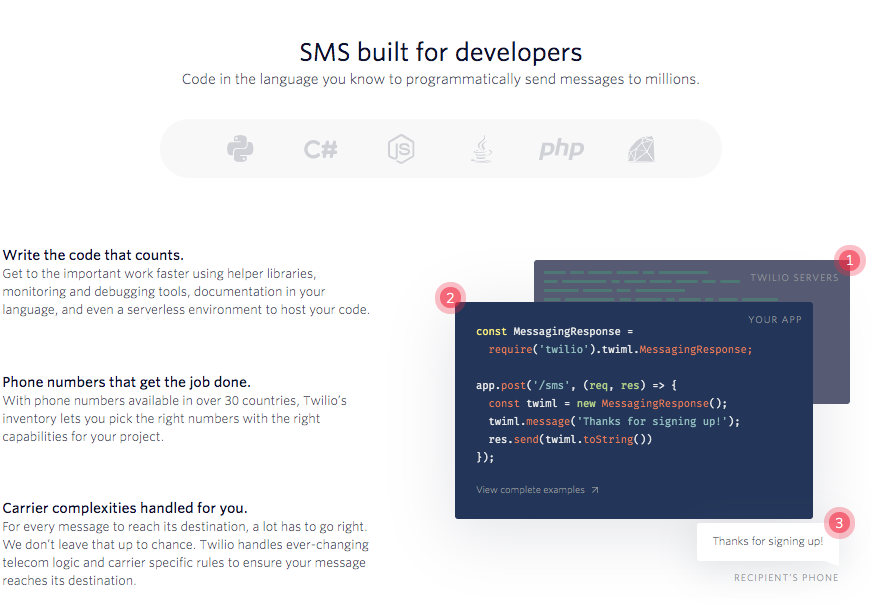This is the ninth chapter of the B2B SaaS Marketing Playbook
“If everybody is doing it one way, there’s a good chance you can find your niche by going exactly in the opposite direction.“
Action Items
1. Focus on a Specific Group

Mailchimp
Mailchimp for Agencies
Mailchimp creates a custom experience for marketing agencies. Agencies are valuable Mailchimp customers because they tend to handle multiple business accounts. The company even offers a newsletter specifically targeted at agencies. (Mailchimp for Agencies)

Superhuman
Not for Everyone
Superhuman isn’t for everyone. The CEO, Rahul Vohra, wrote about his experience reverse-engineering product-market fit. This process involved narrowing the target audience based on who would be ‘very disappointed’ if Superhuman didn’t exist. The team doubled down on customer groups that got the most value out of the email client.
Rahul Vohra quotes Paul Grapham — “…you can either build something a large number of people want a small amount, or something a small number of people want a large amount. Choose the latter. Not all ideas of that type are good startup ideas, but nearly all good startup ideas are of that type.” (Post)

Stripe
Developers First
Stripe makes lots of design concessions to please developers. Similar decisions would be fatal for competing payment processors that target other demographics.
Stripe has emerged as a leader in API. Although they have a less visible role than other payment processors, 84% of U.S. adults purchased something via Stripe in 2018. (Docs)

Twilio
Built for Developers
Twilio is focused on one group, developers. Some of Twilio’s design decisions weaken the product experience for other groups (product managers, marketers) but Twilio isn’t worried about that.
Their web copy and marketing makes this clear. Twilio invest heavily in technical tutorials and providing in-person experiences such as hackathons.
This developer-focus has led to Twilio landing some large clients. WhatsApp and Uber made early decisions to use Twilio for speed and ease. These two companies grew with Twilio and are now responsible for 20% of revenue. (Page)
2. Focus on an Industry

Zoom
Zoom for Education
Zoom is used by more than 6,900 educational institutions.
Their education page boasts integrations with Moodle, Canvas, Desire2Learn, Sakai, and Blackboard. They also highlight accessibility features such as closed captioning. (Zoom for Education)

Zoom
Zoom for Financial Services
Zoom also caters to financial institutions by highlighting features such as end-to-end encryption, data sovereignty and role-based access control. (Zoom for Finance)

Zoom
Zoom for Government
Zoom provides government stakeholders with case studies showing how Zoom is being used effectively by counties and government agencies. (Zoom for Government)

Zoom
Zoom for Healthcare
Zoom’s healthcare page highlights HIPPA and PIPEDA/PHIPA compliance. They also tout integration with Epic and several medical devices. (Zoom for Healthcare)
Lessons
Thriving in Crowded Markets
Niching allows B2B SaaS companies to thrive in crowded markets. These companies can design for specific groups and serve them better than general players.
The goal is to be better for some people, not everyone. By niching, companies can narrow the playing field and target smaller markets. This strategy can also to lead to higher profit margins.
Engineering Product-Market Fit
Rahul Vohra made a splash when he published his experience reverse-engineering product-market fit at Superhuman.
The company realized that many of their existing customers weren’t the best fit for the email client.
They studied the users that benefited the most from their product and decided to go after more customers like them.
This strategy paid dividends by boosting user retention and word of mouth. New Superhuman customers are much more likely to love the product because they are similar to existing customers that love the email client.
An extreme focus on user experience has allowed Superhuman to charge hundreds of dollars a year for a product with a free alternative.
The Book
This is the ninth chapter of the B2B SaaS Marketing Playbook